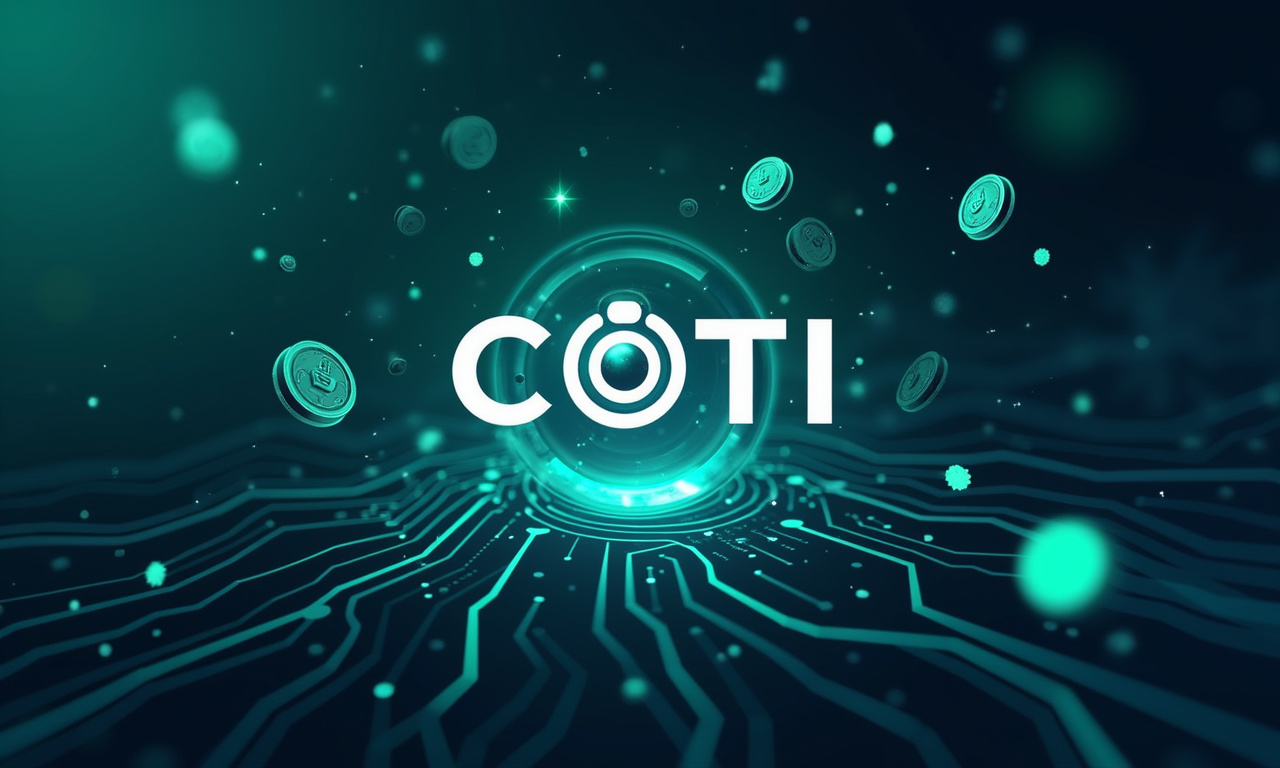We know Bitcoin’s price can be just as volatile and capricious as the weather. Unfortunately, with a recent uptick in its value investors are left guessing as to what the future holds. Anjali Mehra is a DeFi conceptual columnist known for her ability to demystify deep subjects. She goes on to clarify that one of the biggest causes for these drops is profit-taking. When they hit their goals, investors frequently sell out of their positions to cash in on the gains, causing a short-term drop in price. Savvy investors aren't necessarily running away from the crypto space; instead, they're strategically shifting their focus to Layer 2 solutions.
These Layer 2 solutions, such as Bitcoin Hyper, are aimed at extending the functionality of Bitcoin. They’ve lured in millions of users and billions of dollars by promising lightning-fast speeds, lower fees, and greater programmability. This decentralization towards Layer 2s is a purposeful strategy. It’s an attempt to ride the wave of growing interest in more efficient and scalable blockchain technologies.
Understanding Layer 2 Solutions
What are Layer 2 Solutions?
Layer 2 solutions are additional protocols that are constructed above an already established blockchain (Layer 1) to help scale it. They tackle challenges such as transaction finality and low throughput that can limit the mass-market adoption of crypto. Anjali highlights that these solutions are gaining traction as the crypto community seeks ways to make blockchain technology more accessible and user-friendly.
How Layer 2 Solutions Work
Layer 2 solutions operate by processing a majority of transactions off the underlying blockchain, alleviating the burden on the primary chain. One such project, Bitcoin Hyper, utilizes ZK rollups and canonical bridges to expand and strengthen Bitcoin’s base layer. It’s never been simpler for users to bridge their BTC into the Hyper ecosystem. They accomplish this by locking assets on the Bitcoin mainnet and minting matching tokens on the Hyper Layer 2. These tokens can now be employed to engage with dApps, liquidity pools, and smart contracts. This architecture is what enables it to process thousands of transactions per second, a far cry from Bitcoin’s 7 or so natively.
Layer 2s These solutions and alternatives work to make transactions on a blockchain network faster and more scalable. Layer 2 solutions create more on and off ramps to the main network. This expansion allows for an order of magnitude reduction in costs to use the most popular Layer 1 blockchains.
Why the Growing Interest?
The increasing focus on the Layer 2 ecosystem is indicative of a larger movement towards scalable, fast, cheap blockchain interactions. Emerging projects such as Base, Arbitrum, and Optimism are leading the charge. Further, they exhibit the myriad of ways in which Layer 2 solutions will transform the global blockchain landscape. Layer 2 solutions have definitely progressed from the academic whitepapers to the production rails that are powering millions of transactions every single day.
Bitcoin Hyper: A Closer Look
Bitcoin Hyper’s main purpose is to solve Bitcoin’s scalability issues. Right now, there’s a block finality time of ~10 minutes, and at best, the network can only process ~7 transactions per second. By utilizing Layer 2 technology, Bitcoin Hyper provides an answer that is scalable and DeFi-ready. With profits from liquidity protocols and staking mechanisms already built into the roadmap, it’s no wonder Investors have flocked to this ICO. Or how they can benefit from the boom in decentralized finance.
Bitcoin Hyper's architecture, which anchors Solana-grade speed to Bitcoin's base layer, allows it to process thousands of transactions per second. This increased speed and scalability creates an exciting opportunity to build on Bitcoin’s strengths while solving its weaknesses.
Potential Benefits and Risks
Contributions to projects like Bitcoin Hyper during a bear market can be lucrative and helpful. Recognizing these potential upsides and drawbacks are key to making smart investments.
Potential Benefits
- Scalability and Speed: Layer 2 solutions significantly improve transaction speeds and reduce congestion on the main blockchain.
- Lower Costs: By processing transactions off-chain, Layer 2s can substantially lower transaction fees.
- Increased Adoption: Faster and cheaper transactions can lead to greater adoption of Bitcoin and other cryptocurrencies.
- Monetization potential: Layer 2 blockchains have a relatively easier business to monetize compared to layer 1 blockchains, as they don't require maintaining a consensus mechanism.
Potential Risks
- Centralization Risks: Until Layer 2 chains progress on decentralization, their levels of centralization remain a potential attack vector.
- Security Risks: While Layer 2 solutions use cryptographic proofs to prevent fraudulent transactions, there is still a risk of security breaches.
- Scalability Risks: Layer 2 solutions are still in development, and their scalability is not yet proven.
- Regulatory Risks: Regulatory changes could impact the adoption and use of Layer 2 solutions.
- Interoperability Risks: Layer 2 solutions may not be compatible with all blockchain networks or applications, which could limit their adoption.
Navigating the Opportunities and Challenges
Teetering at the crossroads of the blockchain landscape, Layer 2 solutions are unlocking gateways to interoperability, with new advances fostering seamless interactions among distinct blockchains. Zero-knowledge rollups are the hot, new thing in crypto. They’re incredibly user friendly and they offer all the advantages of their powerful combination of speed, low fees and greater functionality.
The growth of Layer 2 solutions is closely tied to Ethereum's scaling adoption, with projects like Optimism and Arbitrum working to enhance Ethereum's potential. There’s money to be made, but investors must approach these opportunities carefully. They need to rigorously assess the risks and the possible returns on investment before undertaking any investment.
Anjali Mehra emphasizes that while the potential of Layer 2 solutions is undeniable, it's essential to stay informed and aware of the evolving regulatory landscape. As US policymakers attempt to venture into the nascent world of DeFi, there’s one thing that could sink their risk: changes to regulations may threaten future adoption and use of Layer 2 solutions.
Anjali is the perfect communicator to provide a helpful overview of the opportunities and challenges of decentralized finance. She inspires readers to make savvy choices and explore this vibrant new world fearlessly.




